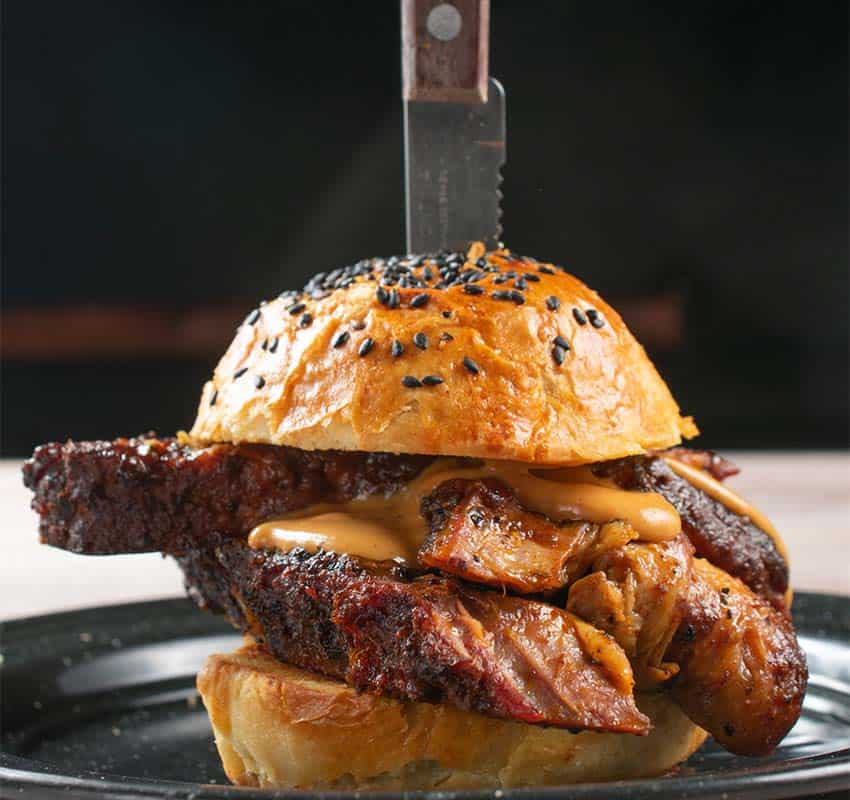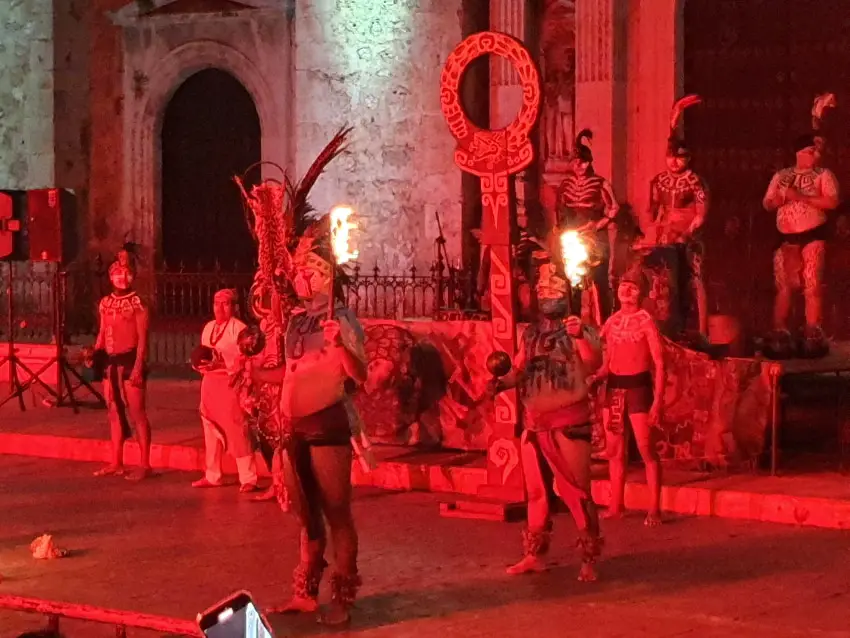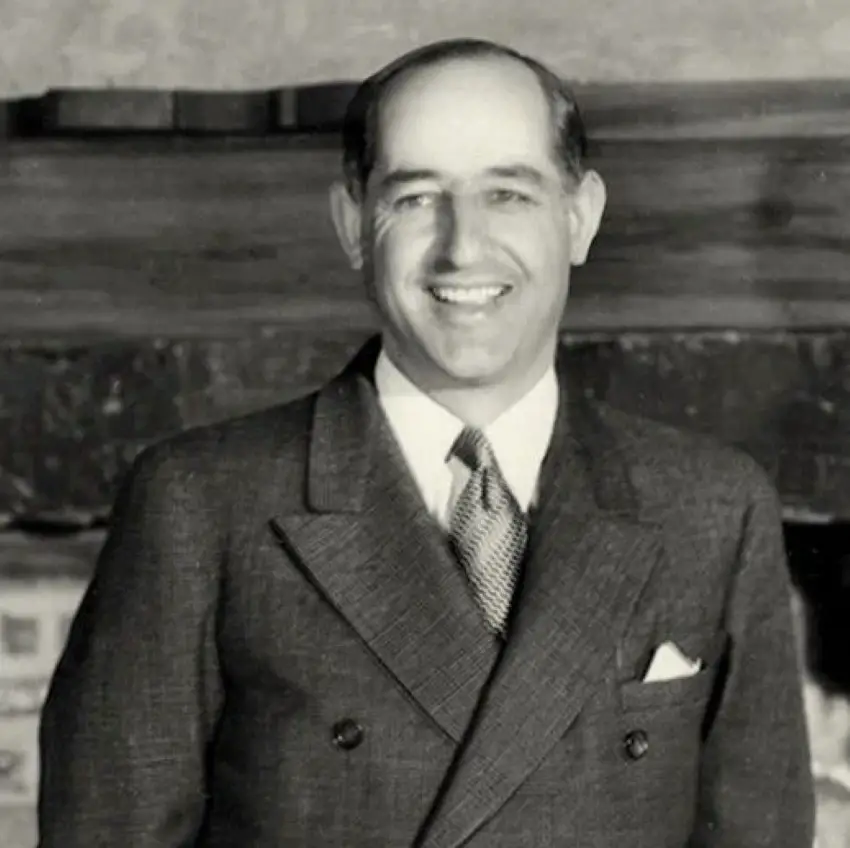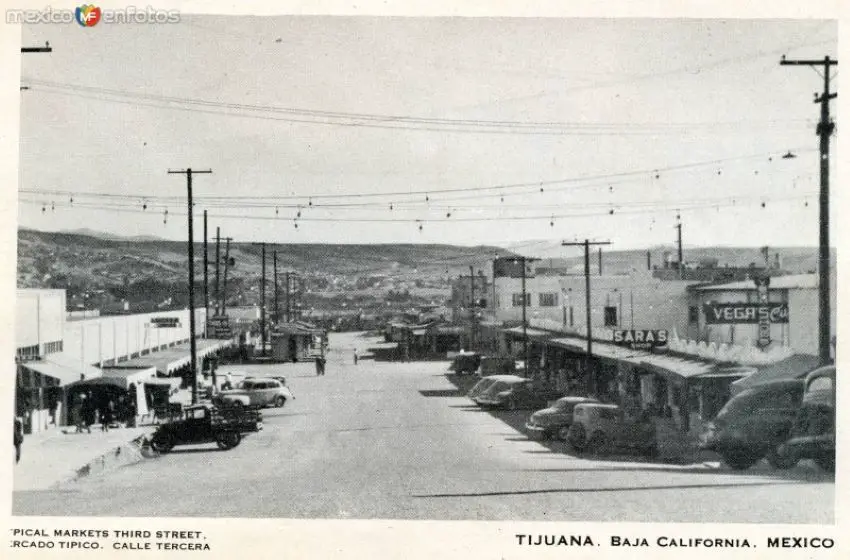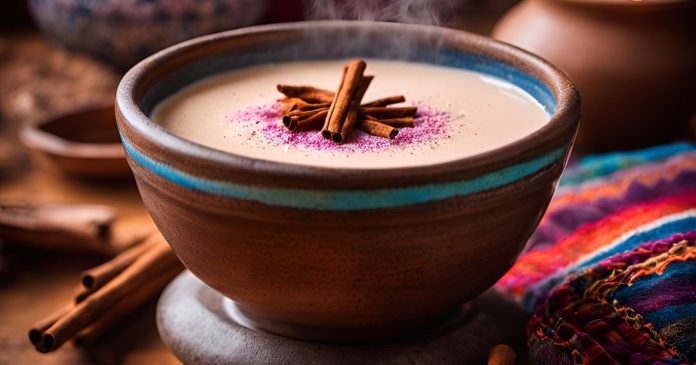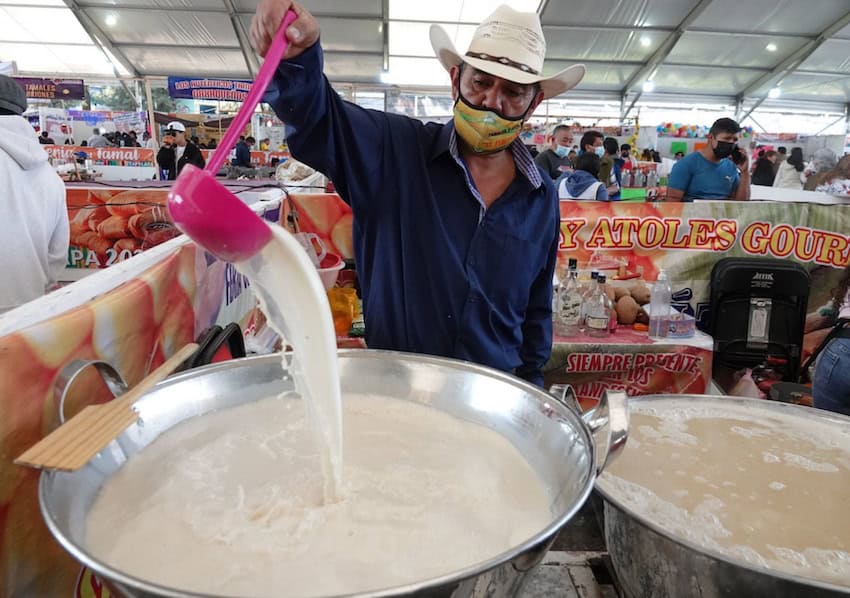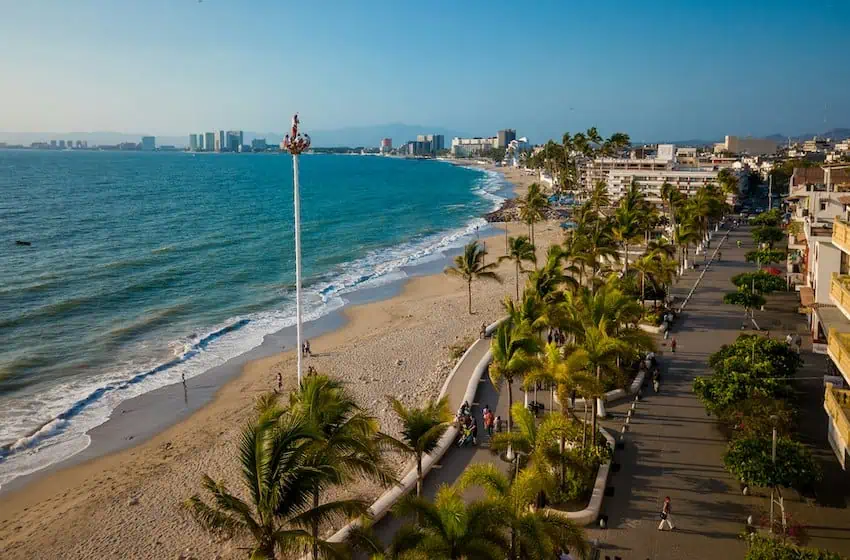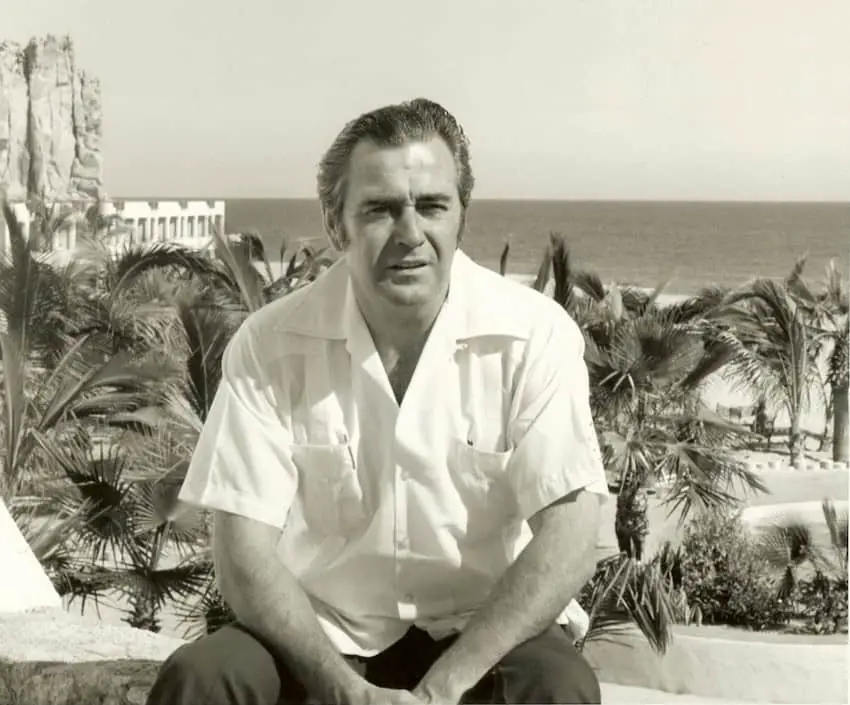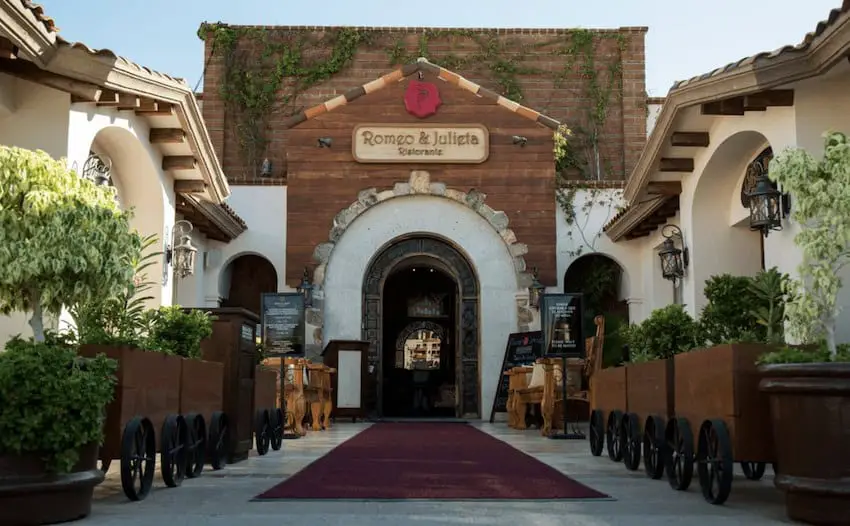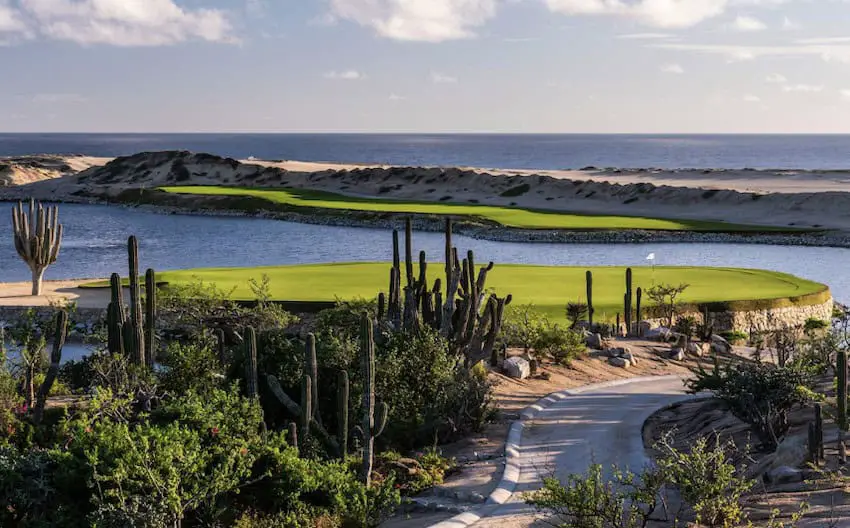There are many things that we take for granted in the modern world. These include simple things, like accessibility to drinking water or taking a warm shower at home. Believe it or not, these are privileges, especially considering that at least one-third of the world’s population lacks clean water and sanitation.
Such is the case of the municipalities of Dolores Hidalgo and San Diego de la Unión, located in northwestern Guanajuato state. Both cities are tourism powerhouses: one of Mexico’s 132 Magical Towns, Dolores Hidalgo is known as the cradle of Mexican Independence. San Diego de la Unión, on the other hand, is part of Guanajuato’s Wine Route and is famous for its escamoles, Mexico’s answer to caviar. Despite their storied histories, however, both cities are today known for their issues with arsenic pollution.

The communities fighting for clean water
“We started to face this problem in [Dolores Hidalgo and San Diego] back in 2010,” Carmen Castro, a coordinator for the civil association Pozo Ademado Community Service (Secopa), told Mexico News Daily. “So far, we have provided potable water to 20 communities that includes 300 beneficiaries, and we give priority to those families with children.”
The Mexican water nonprofit assists homeowners from vulnerable communities in Guanajuato by providing them access to rainwater harvesting systems and water filters in partnership with international organizations like Caminos de Agua. Castro emphasized there are still communities where residents do not have access to these systems and residents have no option but to collect water in jugs, from central cisterns that supply the whole town.
“We started this project five years after we noticed this issue and still, less than 5 per cent of our population get water from other families,” Castro explained. “All of them get training from us about water usage in general,” she added.

The challenges of providing water to a megacity
Water scarcity and pollution are not problems exclusive to rural communities. Urban sectors are not far behind and face more difficulties when it comes to water, including overexploitation and flooding.
Sebastián Serrano, Director of Communications and Sustainability at Hidropluviales, a company that makes water treatment systems for rainwater harvesting, spoke to Mexico News Daily about the challenges involved in implementing water purification systems in populated areas. He explained that the challenges are especially significant in Mexico City.
“The atmosphere [in Mexico City] is more polluted than the areas where vulnerable communities are located. Its infrastructure is overloaded and there is not enough drainage capacity,” he said.
Serrano emphasized that as a result of the litany of problems surrounding water treatment, the Federal District’s 2003 Water Law made it mandatory to install alternate systems for collecting and reusing water in housing units larger than 500 square meters and neighborhoods of Mexico City without a continuous water supply or drinking water network. Noncompliance, however, was widespread. “People used to capture water, put it in a tank and save it for years,” Serrano said.

After years of the Water Law’s ineffectiveness, the Mexico City water authority (Sacmex) invited businesses in the field, including Hidropluviales, to examine the city’s water regulations, provide feedback and implement updates based on international agreements.
“Sacmex became more efficient after the feedback… since then, we’ve offered filters to commercial and residential buildings to clean rainwater and store it clean to later use it in toilets or make it drinkable,” Serrano said.
The lack of access to drinking water in Mexico
The UN’s 2023 World Water Development Report found that globally, two billion people lack access to safe drinking water. A further 3.6 billion people have no access to safely managed sanitation.
In Mexico, according to nonprofit Water.org, almost 60% of the population lacks access to clean water, and more than 35% lack access to a safe toilet.

Water.org lists water supply and sanitation as challenging areas for Mexico, although this has improved in both urban and rural areas over the course of the last two decades. The nonprofit notes this issue continues in some areas of the country mainly due to “a lack of ongoing investment [that] has slowed progress in getting access to safe water to low-income communities.”
Secopa and other Mexican water nonprofits spoke with Mexico News Daily about how they have faced similar issues where they have not received what they see as proper assistance from Mexican authorities.
“We’ve reached out to local and state government about our water scarcity and pollution for years… One of our team members even went to Mexico City to speak to someone at the Senate and we never got a response from anyone,” Secopa’s Carmen Castro said. “The only assistance we have are other local nonprofits like ours plus international support from bigger organizations.”
Mónica Olvera Molina, Director of Systemic Change Strategy at Cántaro Azul, a nonprofit organization specializing in water, hygiene and sanitation, has called attention to the water distribution model in Mexico. She explains that it does not benefit rural communities, especially in rural areas of Chiapas.
“Chiapas is one of the states that offer clean water, but it has the least access to its own water… its rural population covers almost 50 per cent of the territory and only the big cities are covered,” she explained. However, despite the fact that the state has enough clean drinking water to meet demands, access to water is provided by a committee, meaning that the needs of businesses are often prioritized over those of community residents.
An opening for Mexican water nonprofits
How can nonprofits avoid these challenges and what opportunities are available for those who are willing to create water projects in Mexico without government support?
David Vargas, President and Co-founder of Isla Urbana, a nonprofit that provides access to clean water, especially in rural in Wixárika (Huichol) and Rarámuri (Tarahumara) schools and communities in the north of the country, told Mexico News Daily that most international institutions located in Mexico act as bridges, connecting donors, partners and volunteers seeking to provide water purification systems.
Isla Urbana has been creating these bridges for more than 15 years, installing rain collection systems for half a million people and more than 40,000 schools in Mexico.
Despite this, Vargas points out a number of issues facing nonprofits in Mexico. “There is a lack of partnerships between social organizations to reach agreements with the Mexican government,” he explained. “Another problem is that we need to learn to showcase the problem so it can be seen and understood. In our case, 40% of schools have water failures in Mexico and parents are often asked to bring buckets of water or pay fees to buy pipes,” he finished.
“Multinational corporations with offices in Mexico are always in search of corporate social responsibility initiatives and they give priority to projects like ours. They should take advantage of it because it also gives them a good reputation,” he added.
Isla Urbana has partnered with the Coca-Cola Foundation and is currently working on the creation of 500 rain collection systems in 25 states. They aim to install a total of 5,000 functional systems before the 2026 FIFA World Cup.
Another company, the U.S. manufacturer AirWater, offers atmospheric water generators that produce water from the air. One of its current challenges is how to establish a partnership with either the public or private sector to be able to distribute it to rural communities that still do not have access to clean drinking water.
“Our machines are highly specialised and even though our targets are residential homes, businesses, restaurants and hospitals that are in the coastal areas or Mexico City as our machines work in elevated and dry areas…we are in search of a donor willing to accept the challenge,” AirWater Director of Operations Christian Beebe told Mexico News Daily.
“Our goal is to make a 10-year project that is not using collection systems with existing water through rain, but from the air,” he added.
Originally from Texas, Nancy Moya has two degrees from New Mexico State University and the University of Texas at El Paso. With 15 years of experience in print and broadcast journalism, she’s worked with well-known outlets like Univision, The Associated Press, El Diario de El Paso, Mexico’s Norteamérica and Mundo Ejecutivo, Germany’s Deutsche Welle and the Spanish-language El Ibérico of London, among others.












